Everything About Valorant Ranks
A Valorant rank is not just a graphic label — it's a player's reputation in the community, a sign of skill, and a factor that directly influences matchmaking.
The game features a complex ranking system that divides players by skill level, experience, and overall playtime. Although the latter is debatable, as skilled players tend to level up and climb the ranks much faster.
Still, even for them, ranking up requires effort and an understanding of the system's mechanics. It resembles traditional esports progression systems, including softlocks that slow down advancement to keep players engaged longer.
Today you'll learn everything about Valorant ranks, the MMR and RR subsystems, the core mechanics of rank progression, and the meaning behind each rank. Plus, we’ll share practical tips to help you rank up faster than the average player.
Valorant Rank System
Ranks in Valorant represent a player's progression in mastering mechanics, tactics, aim, and other gameplay elements. Progression is tied to earning Rank Rating (RR) points from wins (and losing them after defeats). Both individual performance (like K/D) and team contributions (such as supporting, zone control, etc.) affect your advancement.
Each rank consists of sub-levels to smooth the progression. As of this writing, there are 9 ranks, each with three tiers — except Radiant.
| Level/Rank | Iron | Bronze | Silver | Gold | Platinum | Diamond | Ascendant | Immortal | Radiant |
|---|---|---|---|---|---|---|---|---|---|
| 1 | |||||||||
| 2 | |||||||||
| 3 |
Rank progression is linear — you must reach Iron 3 before you can advance to Bronze 1, and so on, all the way to Radiant. Let’s break down each rank.
All Valorant Ranks and Their Features
Valorant ranks are divided into 9 tiers, each of which includes three sub-levels. The exception is Radiant, which is outside the gradations. But let's go through everything in order.
Current skill titles available in the game at the time of publication:
Iron: The starting rank after reaching level 20 and unlocking Competitive. Mostly beginners without teamwork or tactical knowledge. Players don’t stay here long.
Bronze: Entry-level rank for those who know the basics and are still developing shooting and teamplay skills. Common for casual players.
Silver: Learners with a bit more understanding. They’re familiar with mechanics, maps, positioning, and hit shots more consistently.
Gold: A dense rank where players start applying advanced techniques and often play in premade teams.
Platinum: Strong average players with deeper knowledge of economy, abilities, map control, and tactical rotations.
Diamond: The final mid-tier rank with players ready to transition into high-level gameplay. Solid mechanics, timings, and team cohesion.
Ascendant: Early pre-top tier where only experienced gamers are encountered, those who know the game inside and out and can apply skills almost on an intuitive level. Candidates for esports.
Immortal: Pro-level performance. About 2% of the player base per region. Flawless team coordination under pressure.
Radiant: The peak. Top 500 players in each region. Mechanical mastery, strategic perfection, near-zero errors. Miss shots only for style.
This is the current ranking structure, but new ranks may be added in the future to balance progression. The system is highly scalable.
How the Rating System Works
Climbing ranks requires consistent victories — but even then, fast promotion isn't guaranteed. Valorant uses two systems:
MMR (Matchmaking Rating): A hidden rating that determines your opponents’ strength and how much RR you earn or lose. The better your MMR, the more RR you gain.
RR (Rank Rating): Your visible rank progress. To move to the next tier or rank, you must collect 100 RR points.
You gain 10–50 RR for wins, lose 10–30 RR for defeats. Draws usually don’t change RR, unless your performance was exceptional.
Until Diamond, your personal performance (KDA, assists, etc.) affects RR gains. From Immortal onward, only match outcomes matter.
This makes higher ranks more demanding, especially given the limited player pool at the top.
Valorant Rank Distribution in 2025
All Valorant ranks include sub-tiers, but when grouped together by main rank, the distribution looks like this:
| Rank | Percentage of Players at This Rank |
|---|---|
| Iron | 6.76% |
| Bronze | 18.87% |
| Silver | 23.12% |
| Gold | 20.90% |
| Platinum | 14.56% |
| Diamond | 9.13% |
| Ascendant | 5.32% |
| Immortal | 1.29% |
| Radiant | 0.04% |
*Note: data as of February 4, 2025.
As you can see, every Valorant rank has its own player base. The majority of the community lies within the mid-tier range — from Bronze to Platinum — which makes sense, as most players are casual or semi-competitive.
Naturally, the matchmaking system won’t pit an Iron against an Ascendant in a ranked match — but you can still queue up with friends, even if your ranks differ significantly.
Which Valorant Ranks Can Play Together?
All ranks in Valorant can queue together if players pre-form a group. However, to prevent unfair matchmaking advantages, there are specific restrictions.
Rules for 3-player groups:
| Minimum Rank in Party | Maximum Allowed Rank in Group |
|---|---|
| Iron & Bronze | Silver |
| Silver | Gold |
| Gold | Platinum |
| Platinum and higher | Max one full rank difference (e.g., Diamond 2 can queue with Ascendant 2) |
For 4-player groups, ranked mode is disabled — it's too hard for the system to fairly match a solo fifth player.
For full 5-player squads, rank restrictions are removed, but RR penalties apply:
| Condition | Penalty |
|---|---|
| All players Ascendant 3 or lower, but one exceeds rank gap | -25% RR for win or loss |
| At least one Immortal player | -25% RR for win or loss |
| A Radiant player is in the group | -75–90% RR for win or loss |
Also, matchmaking becomes more difficult — the system requires a full pre-made 5-stack on the opposing team as well.
What is this done for? To prevent manipulation and the forced boosting of low ranks. Like the same classic paid rank boosting services common in the genre, which violate the game's terms of service.
What is required to play Competitive Mode?
Before unlocking all the ranks in Valorant, you will have to work and meet the basic requirements. Namely:
- Have a clean account without bans or blocks for cheating, AFK, or toxicity.
- Reach account level 20 by playing обычных (Unrated) matches, Spike Rush, Deathmatch, and other modes.
Also, to access ranked games, you need to go through calibration. By the way, from time to time there is a change of acts, after which you should update your act rank with a series of 5 calibration games. As a rule, the rank obtained after calibration may become lower by one or several levels.
As for the account level, it does not reset, but your positions in the leaderboard can change depending on your current MMR and RR profile. Therefore, it makes sense to play proactively, leveling up your rank.
Increasing MMR and RR in Valorant
If you want to quickly rank up in Valorant, you'll have to put in the effort. Here are several factors that affect the speed of ranking up and your personal stats:
- Focus on victories. Yes, personal stats are important in the early stages, but most RR is awarded for wins. Therefore, comebacks, team fights, and attempts to win are the best tactics for ranking up.
- Individual performance and MMR. Try to avoid deaths and help your teammates more often. Even if you earn assists instead of kills, your RR increases faster.
- Economy at the forefront. Don't waste money on losing rounds or weak weapons. Use your ultimate as a trump card and think through your buying strategies.
- Meta as an opportunity. Use meta agents, flashes, smokes, and character abilities that are trending in the current patch. This will make it easier for you to achieve the desired victories.
- And again, MMR. Matchmaking isn't the main thing; a high MMR increases the amount of RR you gain. Maintain a positive killstreak, pick strong teammates, and take breaks after failures.
What's the bottom line? It all comes down to three fundamentals: improving your skill, maintaining a high MMR, and getting more wins. Sounds like a tactic? But no, these are basic principles that will help you move through the ranks more easily.
How to Rank Up in Valorant?
The Valorant ranking system is traditional for games of this type. Consequently, the recommendations for ranking up are also quite standard:
- Maintain a decent MMR. Only to receive a larger amount of RR for wins and lose less on defeats.
- Improve your skills. Hone your shooting skills, knowledge of economy, maps, and tactics, and improve your team play.
- Meta picks. Current meta agents are usually stronger than others, which makes ranking up easier.
- Team up. Truly strong players are found at all ranks – gather a consistent team and grow together.
- Learn. No matter how meta a hero is, they will quickly be countered if you don't know how to play them.
- Focus on economy. Distribute cash between rounds, give better weapons to skilled teammates, use your ultimate instead of expensive guns.
- Maps. There aren't that many, learn at least a few, their zones, blind spots, etc.
- Clutch until the end. Don't relax in the final rounds and don't act rashly; victory is important.
- Aim and reaction time. Warm up in normal mode before jumping into ranked games.
- Communication. Even in a random party, connect to voice chat and coordinate your actions.
In simple terms – play, improve your skills, practice in normal modes, and don't give up in the face of difficulties.
If you are not attracted to the prospect of a long grind to rank up – contact Goranked.GG for a Valorant rank boost. Success and safety are guaranteed.




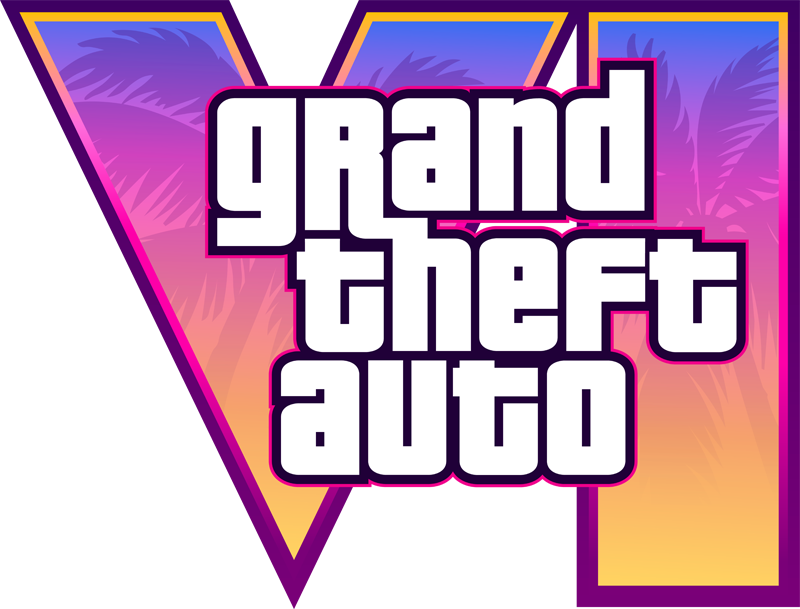
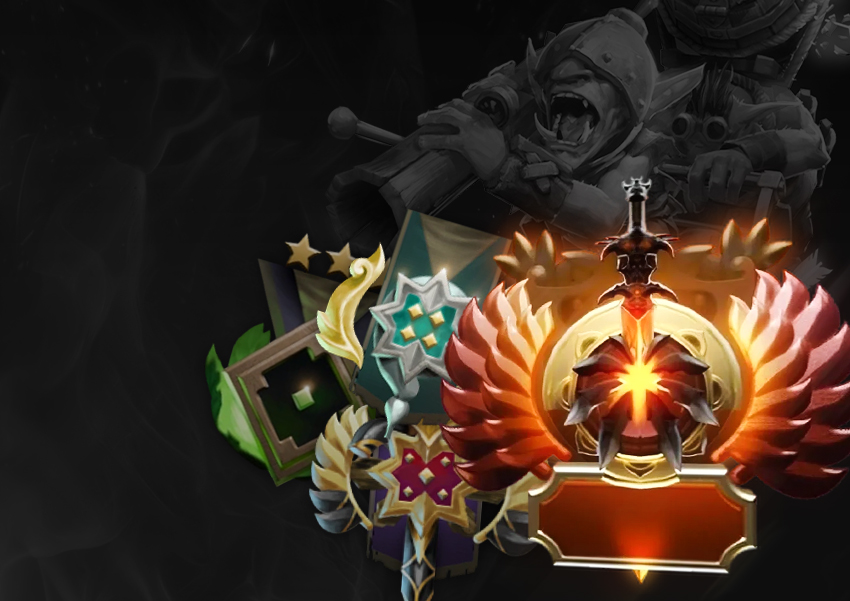
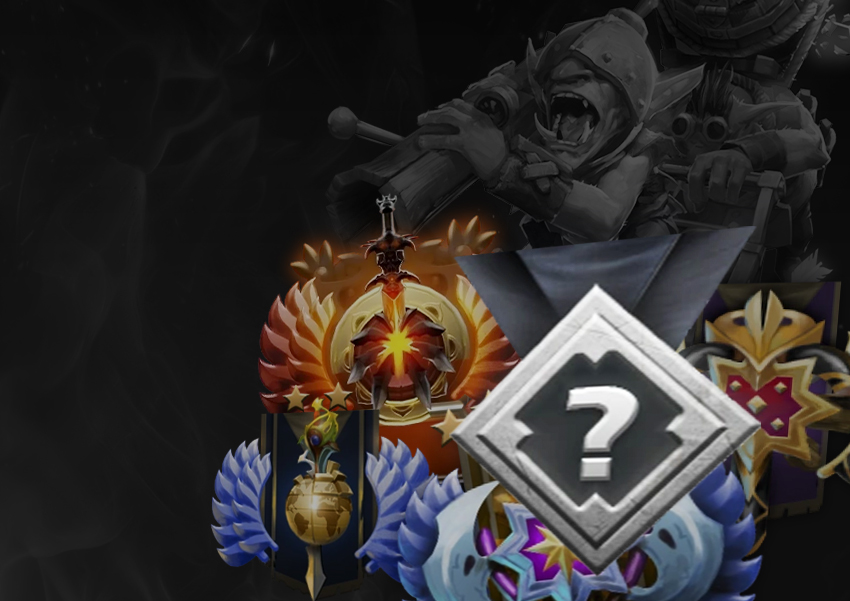
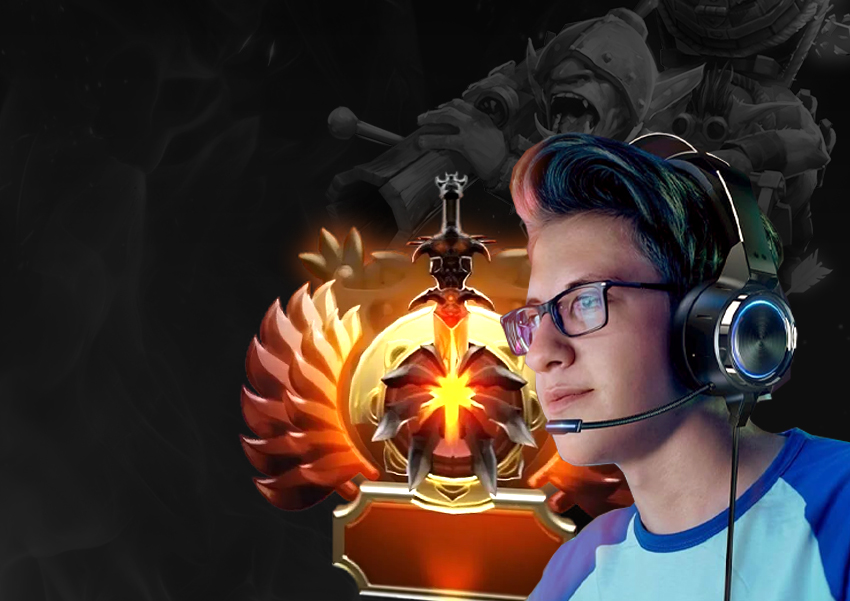
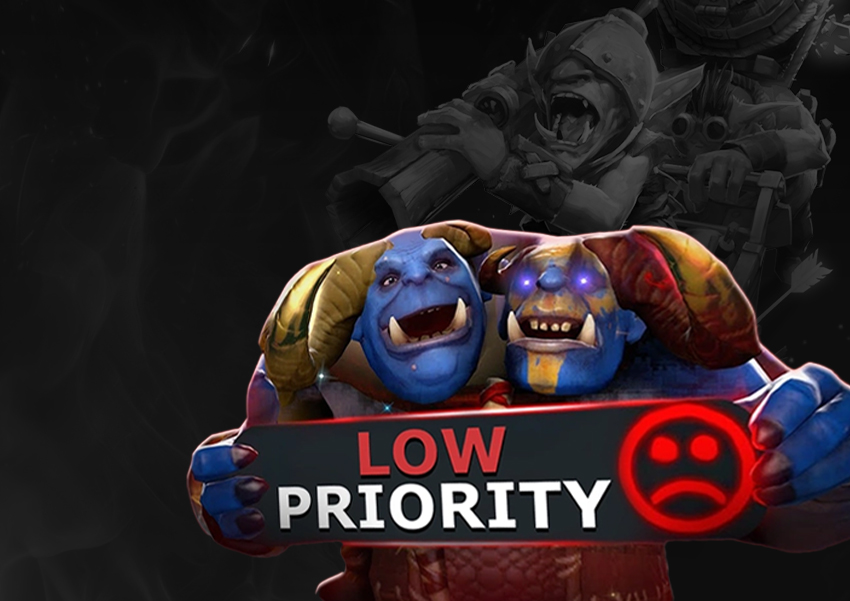
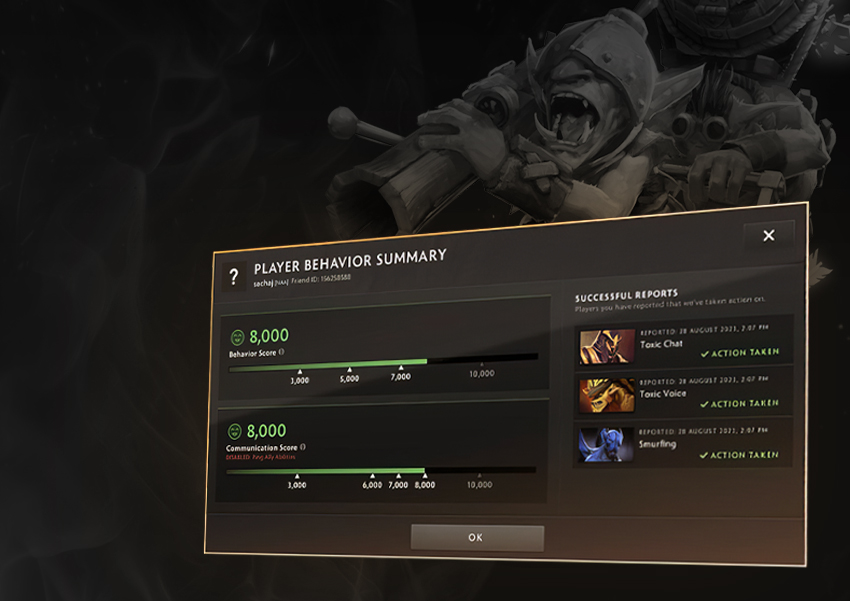
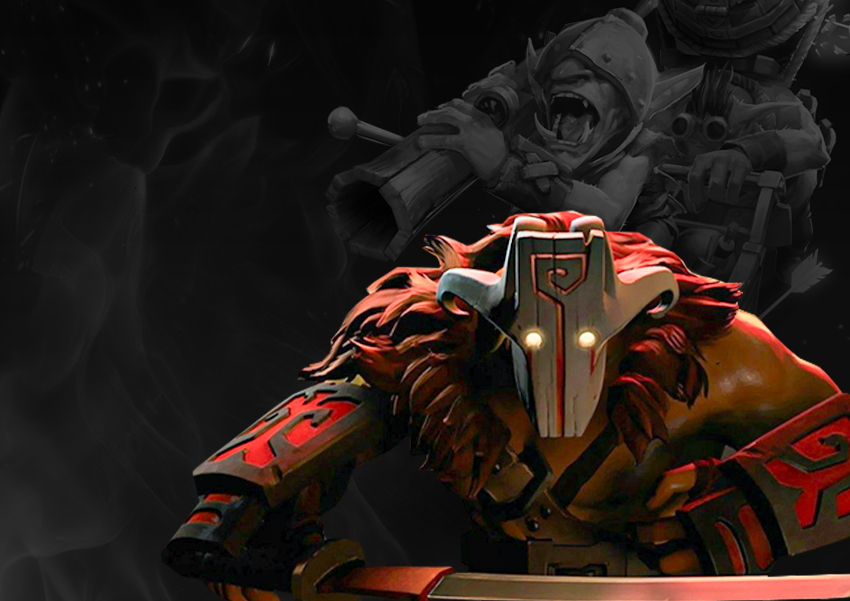
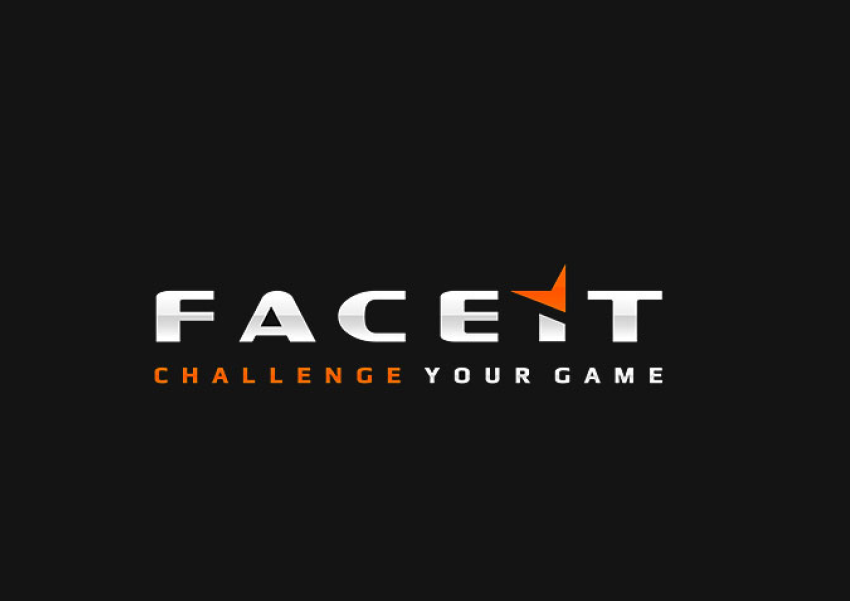
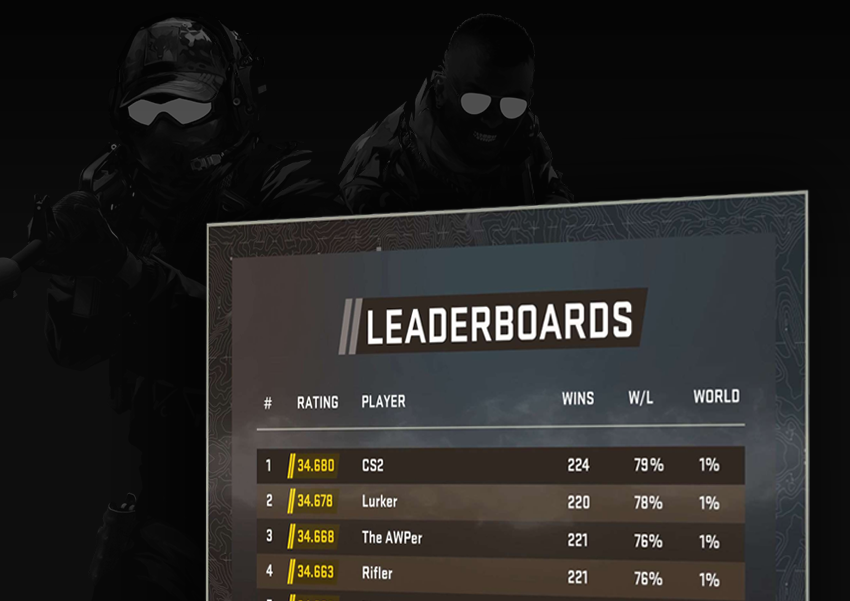
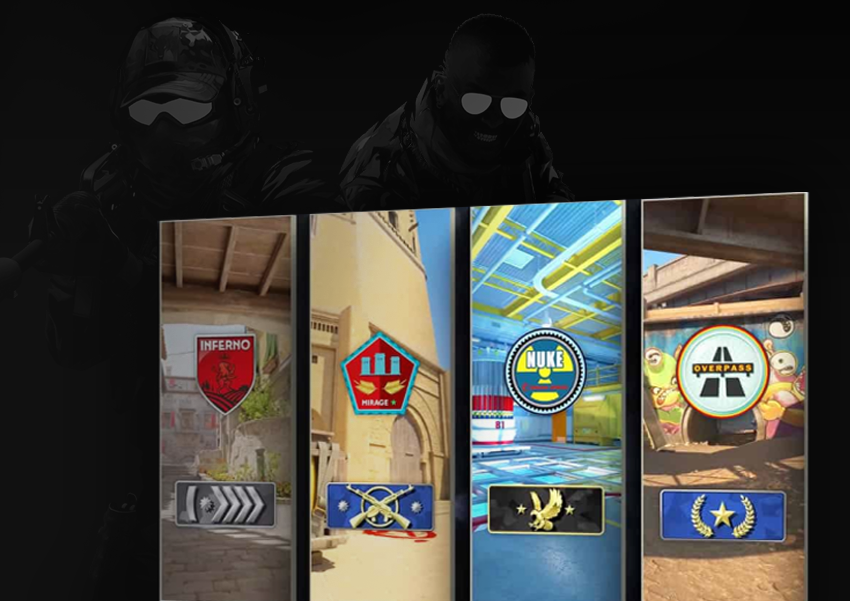
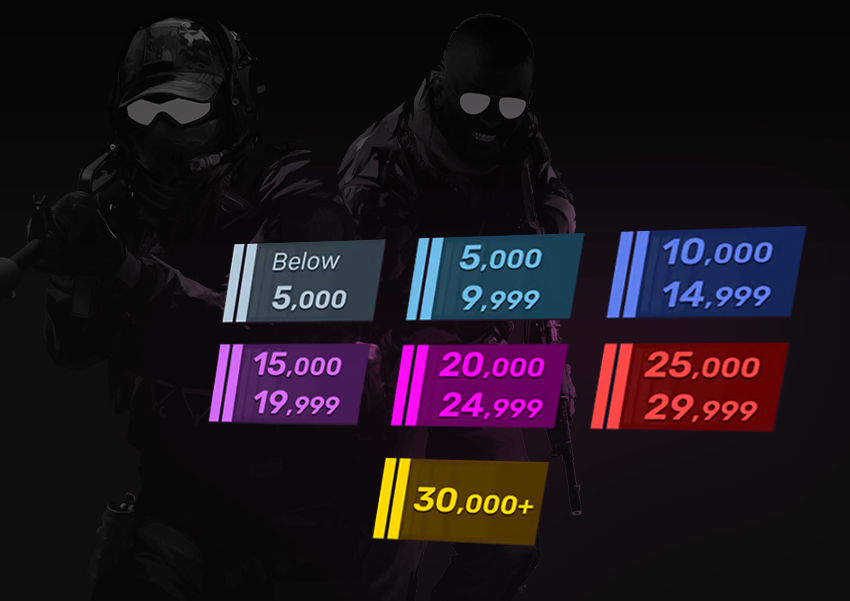
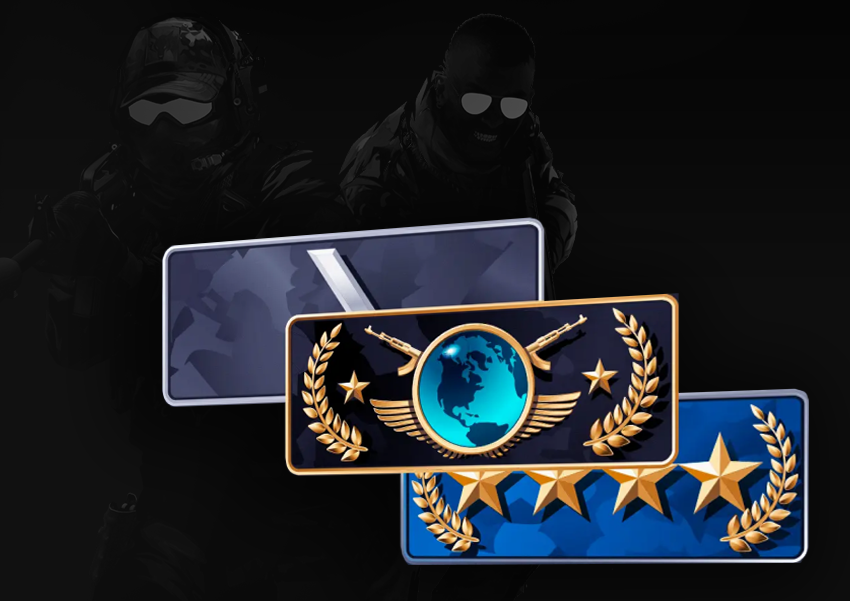
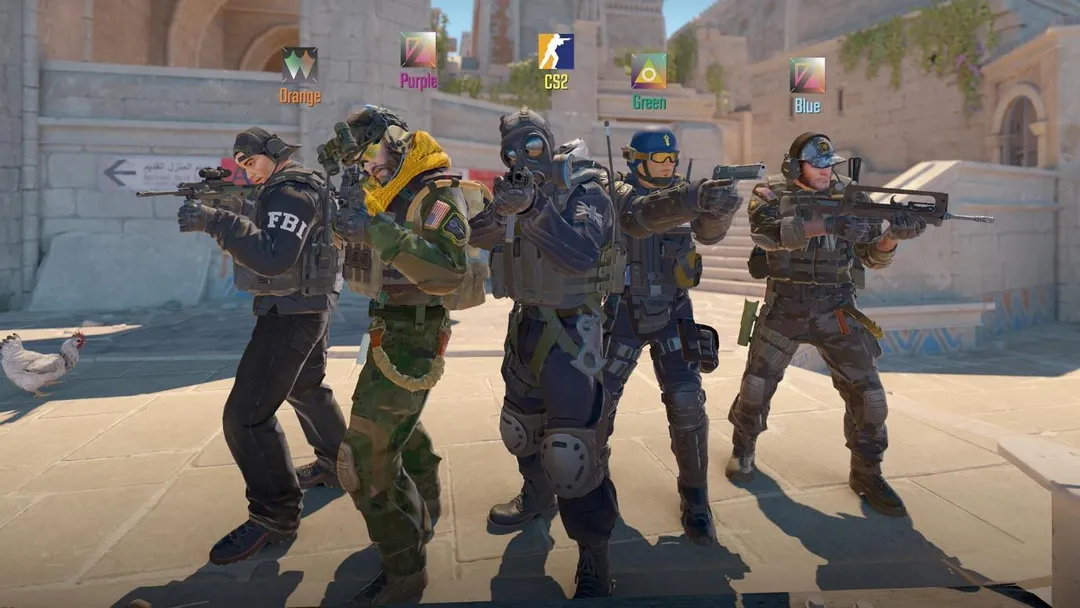
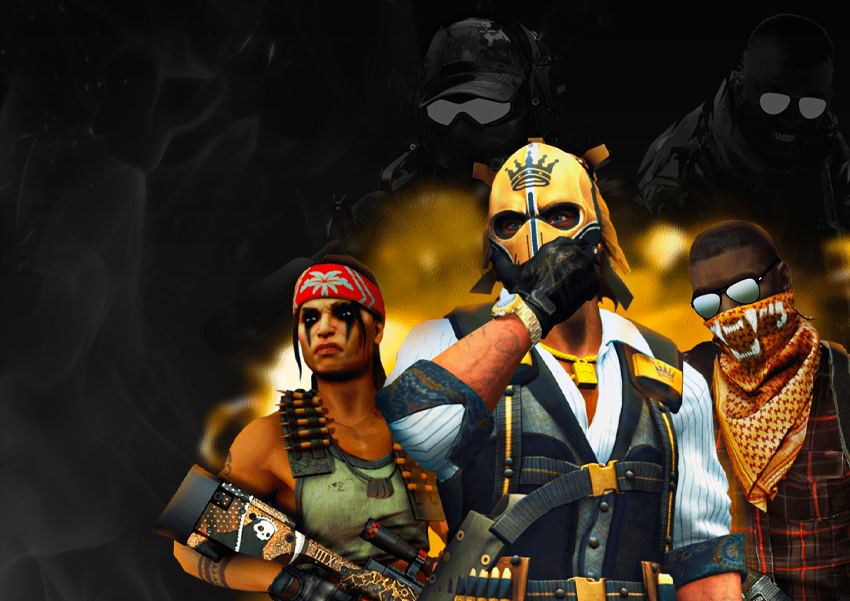


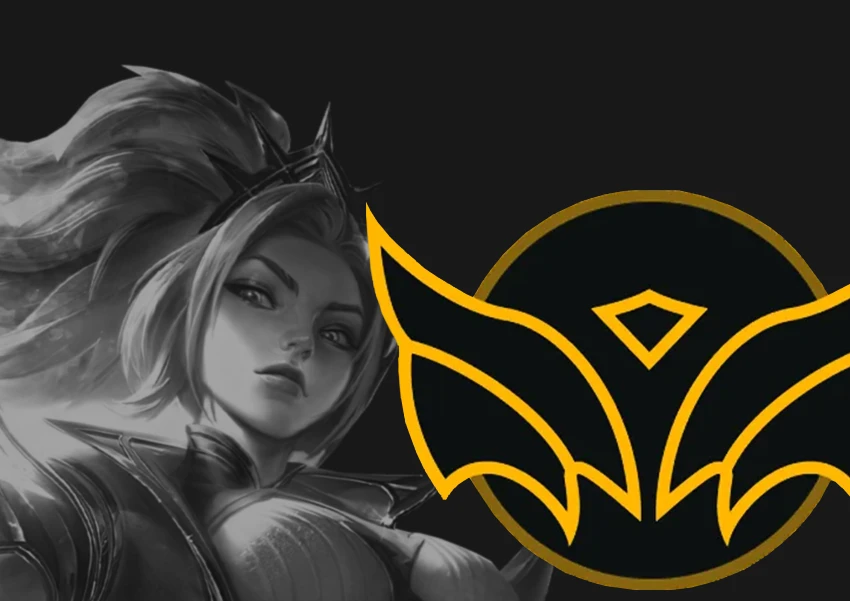
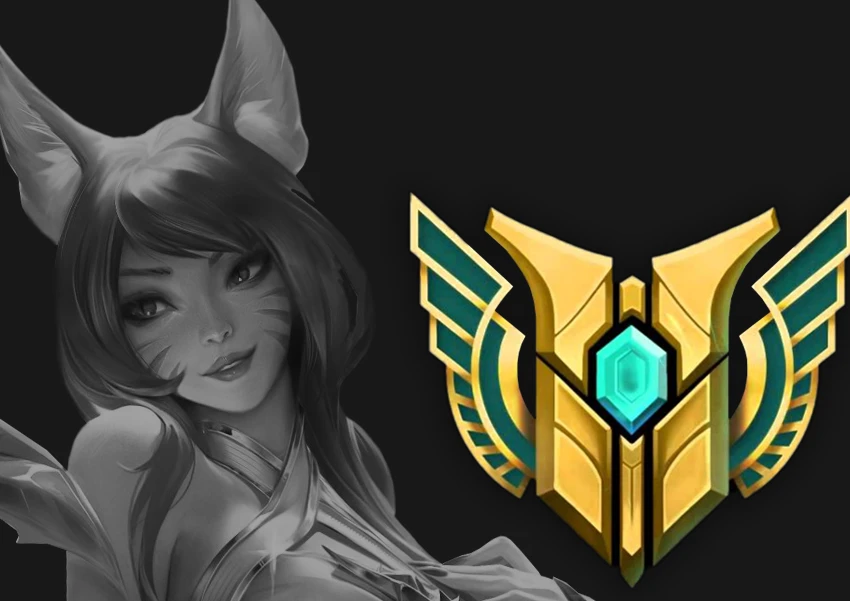
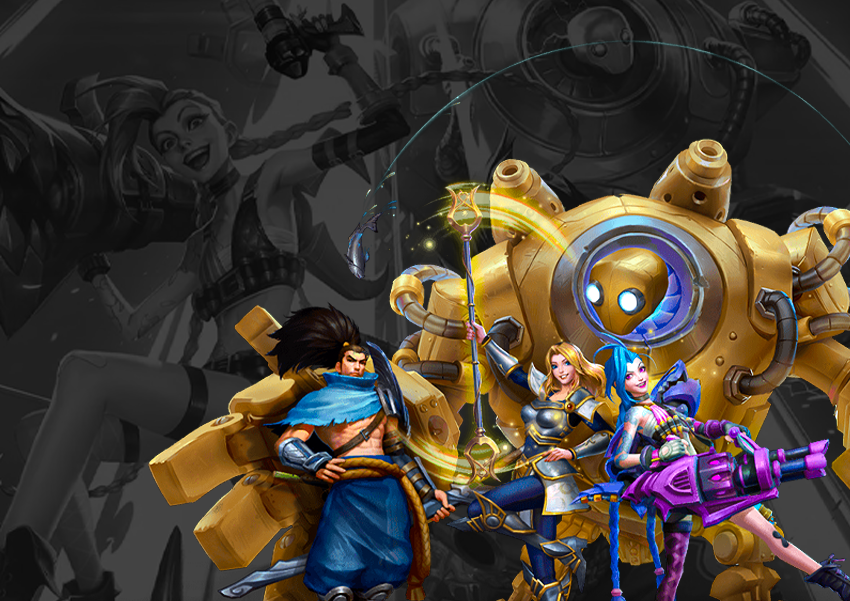
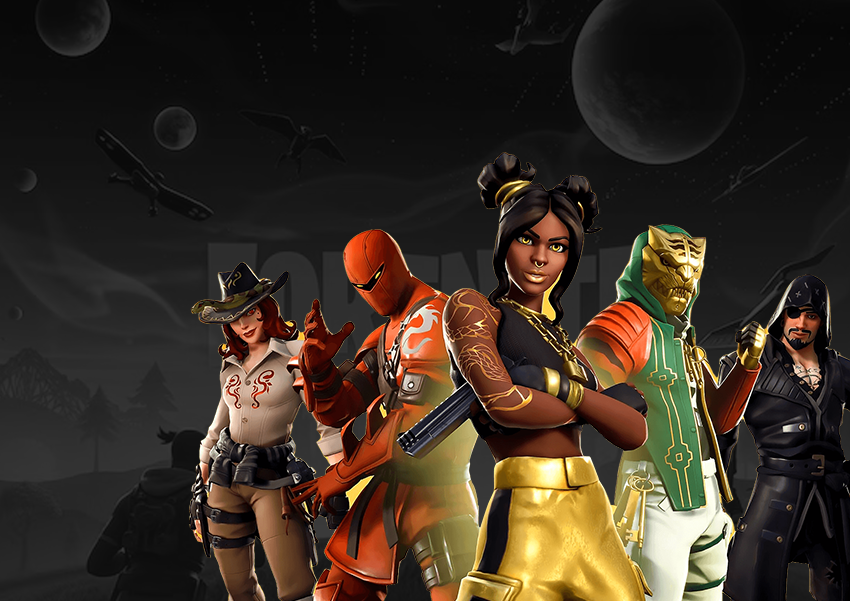


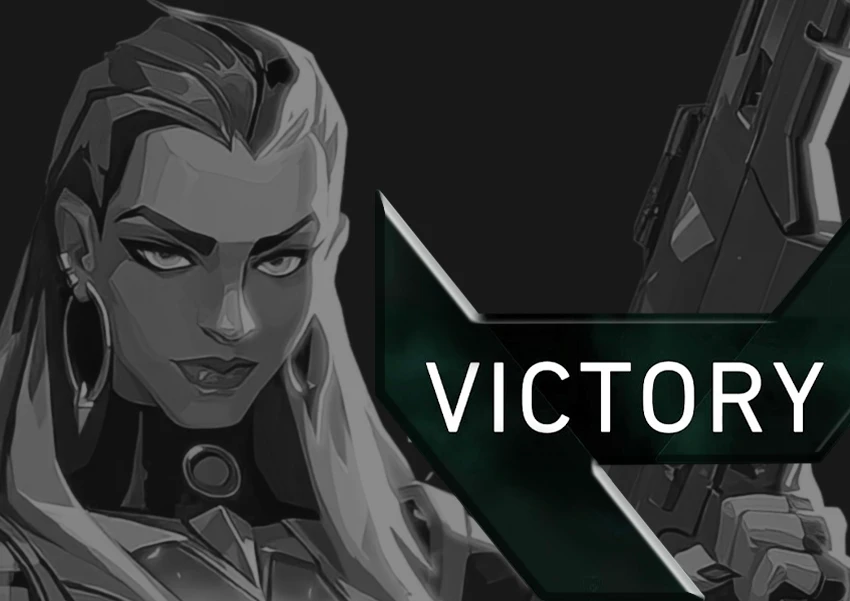
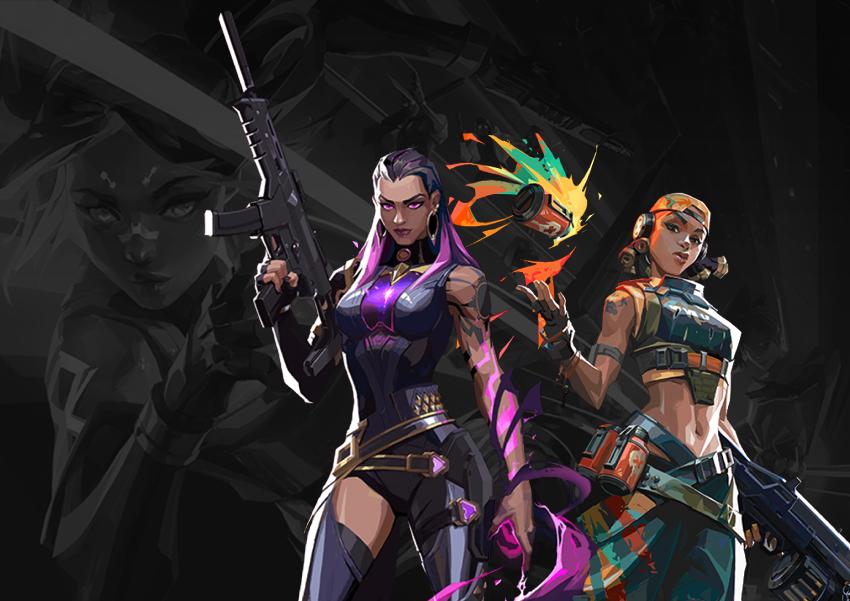
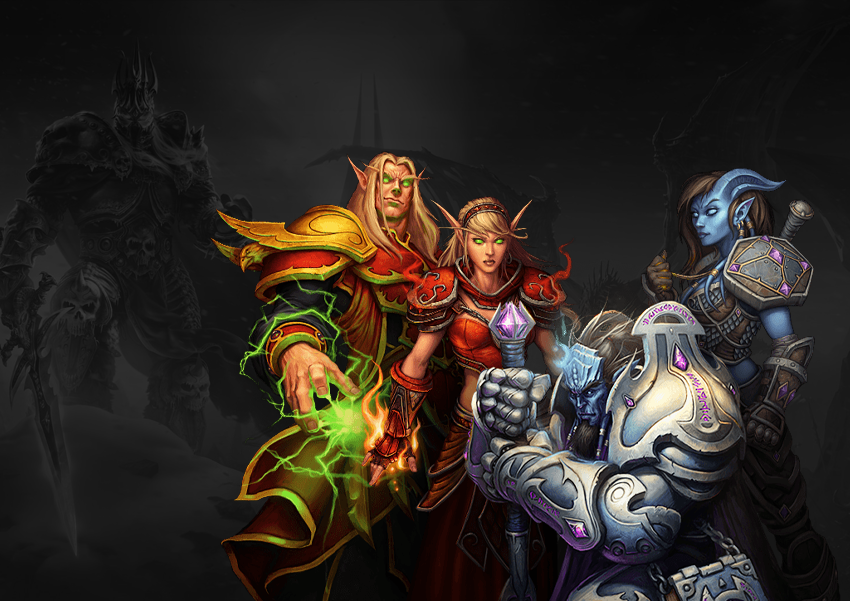
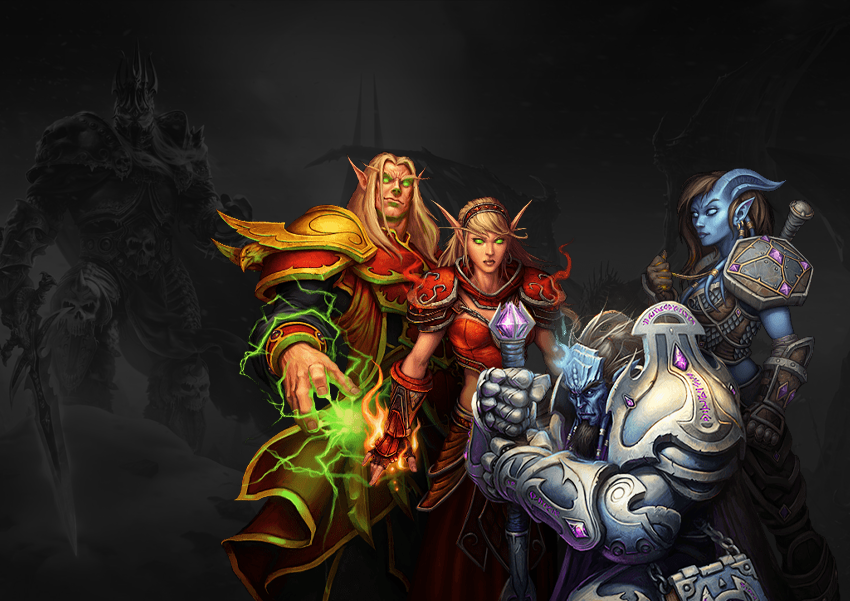
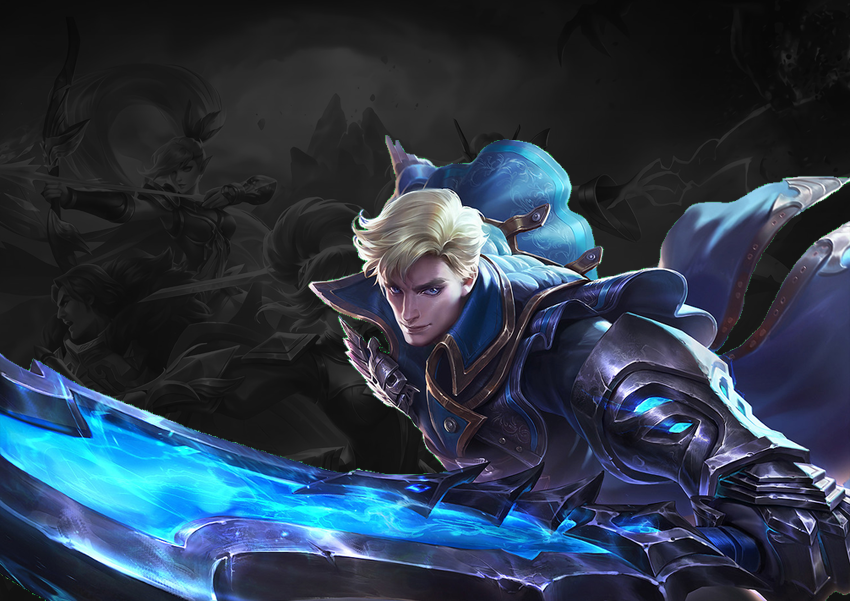

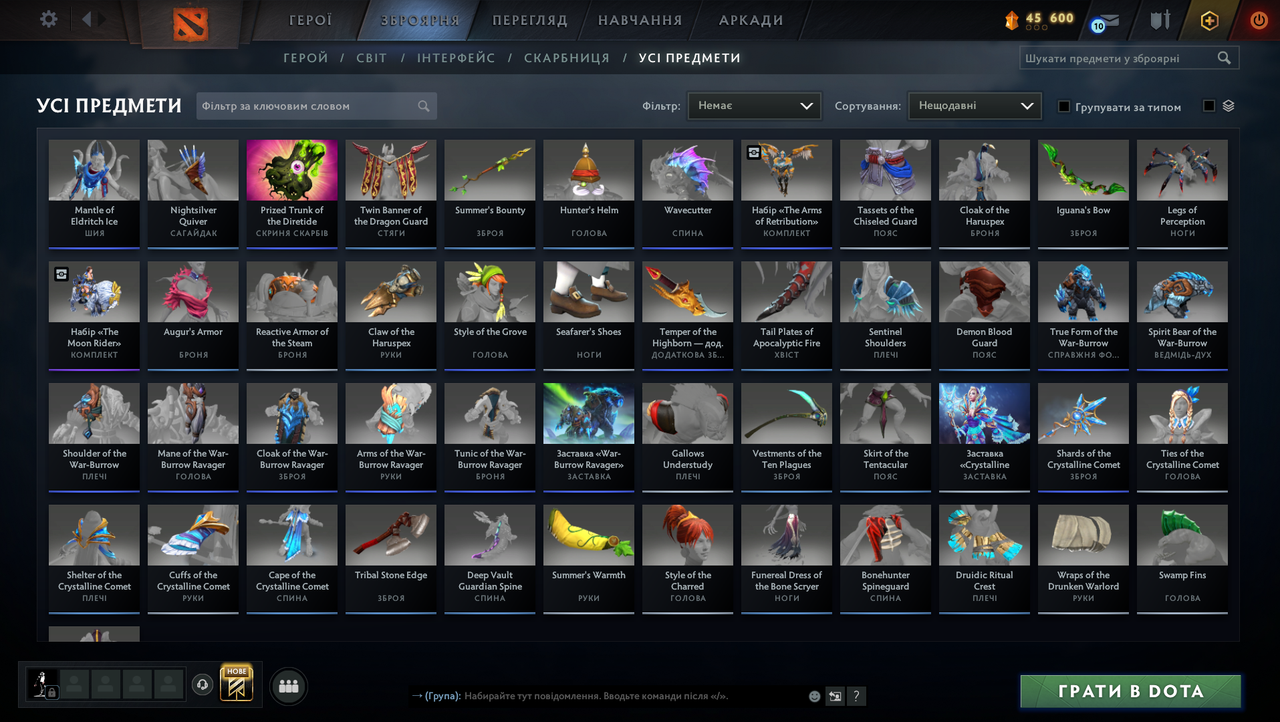
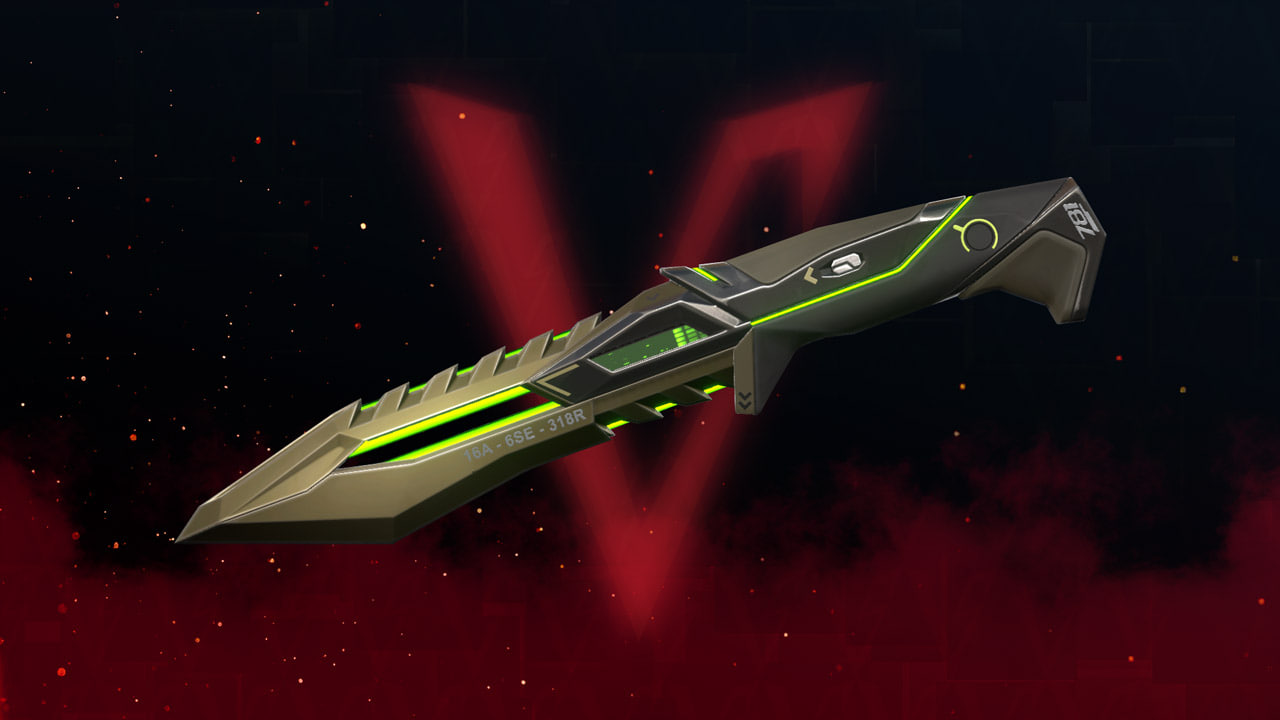
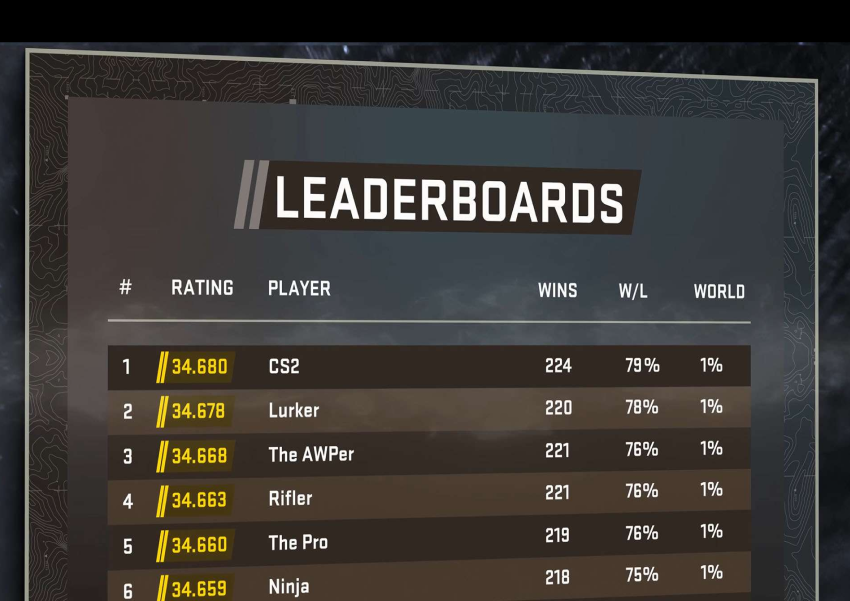

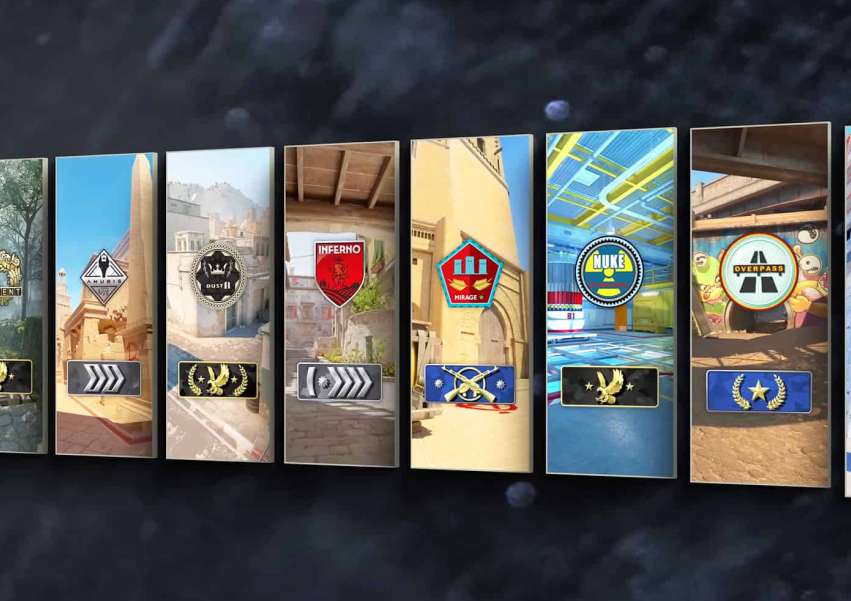
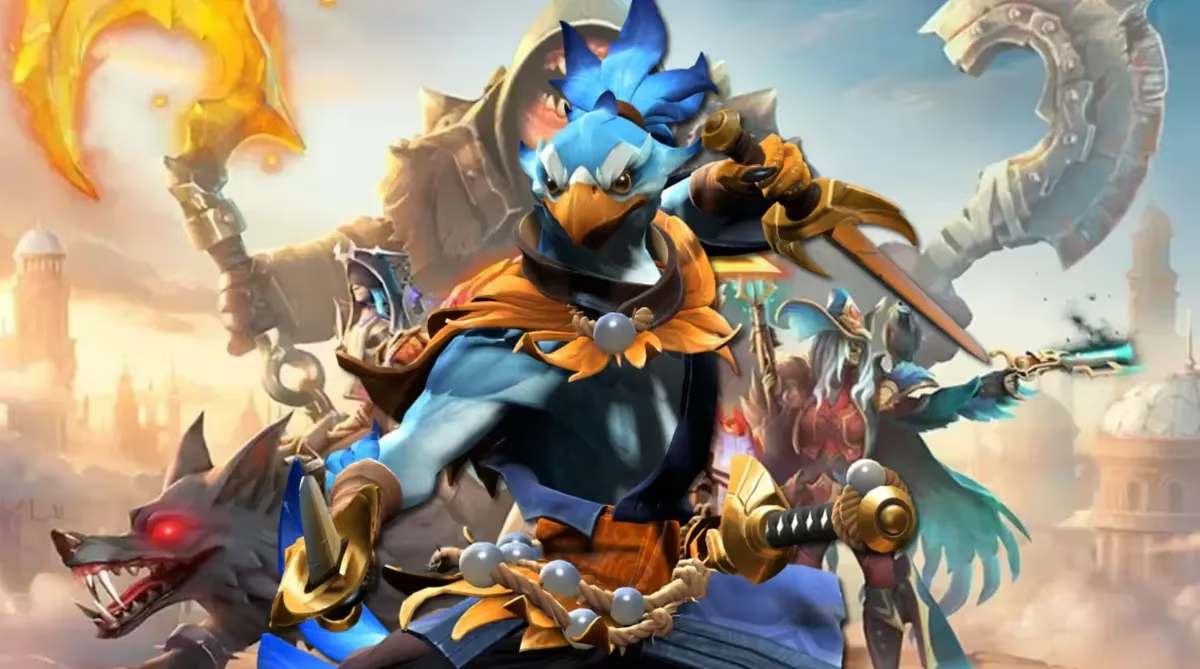
Comments on the article
Поки немає коментарів. Будьте першим!
Leave a comment